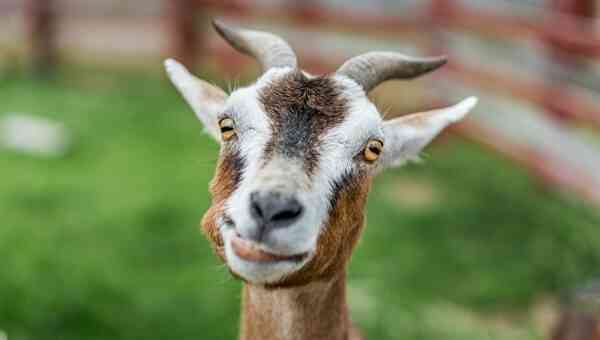The domestication of goats in ancient times turned out to be a very wise act on the part of the ancestors of modern people. This animal is useful in all respects – it gives milk, meat, and wool, and some peoples also use their horns, hooves and skin in their traditional crafts. Yes, and goat’s milk is extremely useful, albeit specific – not everyone likes it, but many believe that it is much healthier than cow’s. However, keeping goats is not such an easy task as it might seem at first glance.
Interesting facts about goats
- Modern scientists agree that for the first time goats were tamed about 9,000 years ago in the Middle East.
- The ancestor of the domestic goat was the wild bezoar goat. It is still found in Asia.
- Goats are one of the few animals that do not suffer from tuberculosis.
- They are very unpretentious. A goat can easily graze even in very poor pasture, which is not suitable for sheep or cows (interesting facts about cows).
- A goat can easily tolerate severe frosts and heat, but it is poorly adapted to a damp climate.
- In the US, some farms breed fainting goats. This is a type of domestic goat that has the peculiarity of temporarily “fainting” when frightened, which is associated with a rare hereditary genetic disease called myotonia.
- One adult goat can lead a herd of 30-50 females.
- These animals are very attached to people, especially if they treat them well.
- Goats are naturally very curious. And although you are unlikely to see a goat trying to eat a tin or a plastic bottle, they often eat all sorts of small objects to learn more about their taste.
- Most goats in the world are raised in the USA, Texas (interesting facts about Texas).
- Goats come in completely different sizes. The weight of dwarf species starts from 18-20 kg, and Boer goats reach a weight of 110-120 kg. Both species are raised exclusively for meat, but dwarf animals are also known for their high-quality milk.
- For centuries, goat hair has been used to make textiles. The main wool goat breed is the Angora, and the downy goat is the Kashmiri.
- The London Telegraph ran an article last year saying that goats have accents. Scientists from the Queen Mary University of London have found that the bleating of animals changes with age or when they move to another herd. The more time the animals spend together, the more similar their voices are to each other.
- The goat’s head was a symbol of sulfur among medieval alchemists (interesting facts about the Middle Ages).
- All five senses are very well developed in goats, but if in the wild they have the most acutely developed vision and smell, then in the household they have smell and taste.
- The pupils of goats are very unusual – they are narrow, and not round, but horizontal instead of vertical. This provides them with an excellent view of more than 300 degrees.
- Many people have heard about the benefits of goat milk, but few people know that, firstly, it removes radionuclides from the body, and secondly, it reduces the risk of developing tuberculosis. Scientists have proven that people who drink from 5 liters of goat product a year, the chance of developing tuberculosis is close to zero.
- In developing countries, goats are still an important economic resource. For their size, they produce more milk than cows and are by some estimates ahead of chicken and pork as the world’s most consumed meat product.
- In ancient times, goatskins were used to make parchment.
- Goats and goats were most often used as sacrificial animals in different cultures.
